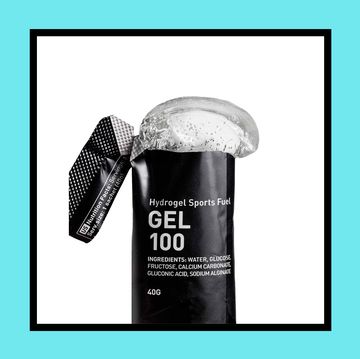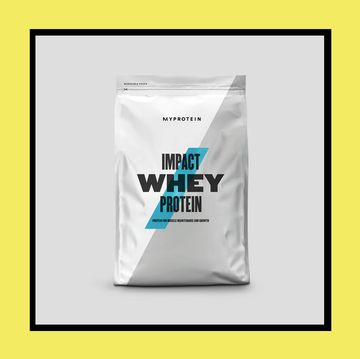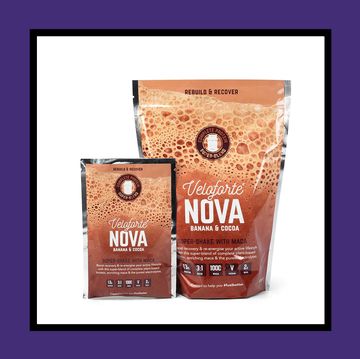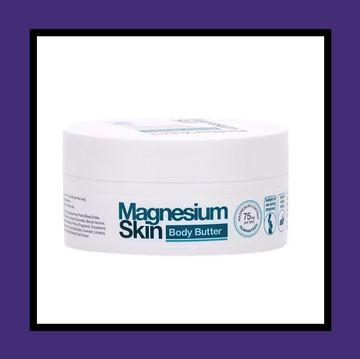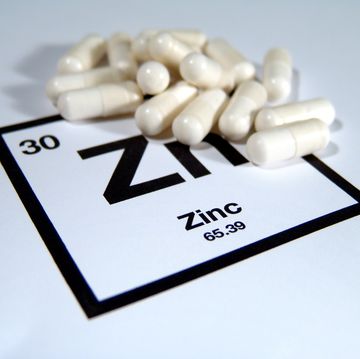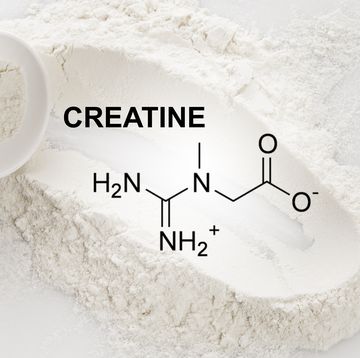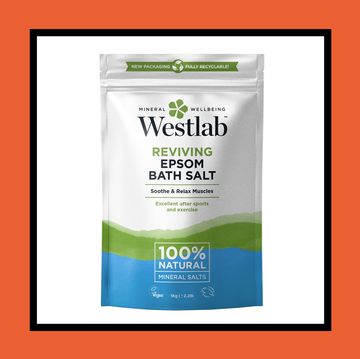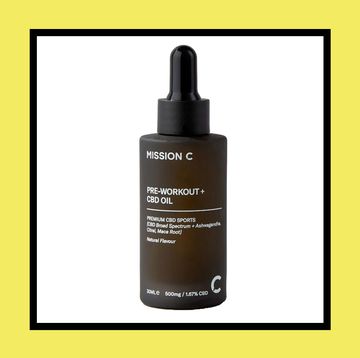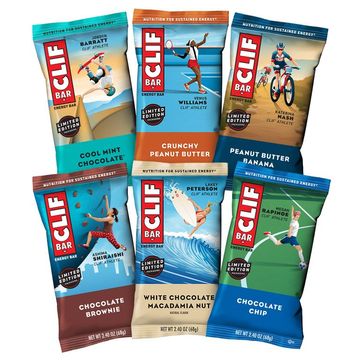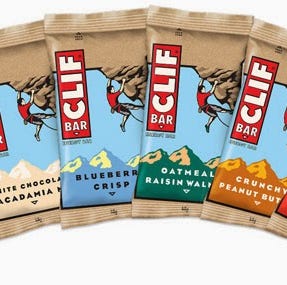Sodium bicarbonate isn’t a new concept when it comes to sport. There’s plenty of research that shows that ingesting sodium bicarbonate can improve an athlete’s performance and their anaerobic capacity within a certain range. The problem is, ingesting bicarb causes big issues for the GI system.
So, early this year, nutrition brand Maurten released its brand new Bicarb System, which takes an old concept and finds a way to make it stomach-friendly.
Maurten has made quite the name for itself since being established in 2015. Its gels, solids and carb drinks are the fuel of choice for a number of top athletes, including the likes of marathon world recorder holder Eliud Kipchoge, Sir Mo Farah and the Tour de France teams.
And now its latest kid on the block, the Bicarb System, is seeing success too. Tom Evans and Killian Jornet Burgada both used it during the 2022 UTMB – and came first and third, respectively. Evans used it again during this year’s Western States and won.
How does the Bicarb system work?
When you’re running at a high intensity, you’re mostly working anaerobically. The muscles are breaking down glycogen for energy and then, because they’re not getting a significant amount of oxygen, they produce lactate.
However, according to Joshua Rowe, performance scientist at Maurten, ‘Everyone associates lactate with being the enemy, but that’s not the case.
‘When there’s no oxygen available, pyruvate [an acid produced when the body breaks down sugar] is converted into lactate and that’s almost like a stored energy,’ he says. ‘So when oxygen comes back into the muscle, the lactate will be converted back into pyruvate and used as a fuel source. So lactate is just like an act of storage.’
But what happens when you work anaerobically, says Rowe, is that the body still produces adenosine triphosphate – better known as ATP.
‘And one of the outputs of that when you’re working anaerobically is hydrogen ions. This is what disturbs the acid base balance in the muscle. So, the more anaerobic you work, the greater the production of hydrogen ions in the muscle. The hydrogen ions decrease the PH, which causes acidosis. That’s the biggest cause of fatigue.’
The body has ways to naturally buffer these hydrogen ions, one of which is using a natural abundance of bicarbonate.
‘But you can improve your buffering capacities by ingesting bicarbonate,’ says Rowe. ‘It means the acid base balance within the muscle is a lot more controlled and well regulated, so it doesn’t go into acidosis as severely. This allows athletes to work at higher intensities for a more prolonged period of time.’
Who uses bicarbonate of soda?
Previously, bicarb tended to be ingested by track athletes. But according to Rowe, the brand has found ‘new ways of utilising bicarb’.
‘With things like cycling and the Tour De France, what you find is athletes are surging and going up hills, so although it might be a six-hour stage, during that six hours their intensity will fluctuate.
‘But, more importantly, during those final two minutes when they’re going for that sprint finish, that’s when the bicarb comes into effective. It means for those cyclists, when they’re changing pace or going up hills, the bicarb will do a lot of that buffering in the blood.’
The same goes for the distance running – whether racing or training.
‘What’s interesting now is that you can get good benefits from the bicarb during training, to maximise your training stimulus,’ adds Rowe. ‘The whole point of training is to create a stimulus and then adapt to it.’
Maurten Bicarb System review: Ali Ball, ecommerce editor
I decided to test the Bicarb System ahead of an all-out 5k effort. The product contains four servings, each in individual sachets, pre-weighed according to your bodyweight. There's a mixing bowl, a hydrogel component and a bicarbonate component. The box also has a QR code you can scan for mixing instructions.
Maurten recommends consuming the Bicarb 90 minutes before your workout. It's also worth noting that this is a supplement, so you still need to eat your pre-workout meal as normal.
Add the hydrogel powder to the mixing bowl with 200ml of water, shake well for 15 seconds and then leave it for 5 minutes. Once the hydrogel has formed, you can add the 'mini-tablets' of bicarbonate and consume the mix right away.
Here comes the challenging part. You're supposed to swallow, rather than chew, the tablets. This means getting 200ml of textured hydrogel formula down you. It's not pleasant. Sure, the actual mixture is relatively tasteless (it's got the same subtle sweetness as the brand's carb drinks and gels) but the texture is unusual. I can only assume it's something you get used to over time – or your determination for results outweighs the unpleasant experience.
Once I'd finally reached the bottom of the bowl, (which was no easy feat), I waited the instructed 90 minutes before setting off for a 1.5k warm-up. Then, I began my 5k all-out effort.
I wasn't looking for a PB – especially on untapered marathon training legs. But I did want to see what a hard push would feel like. I finished less than one minute away from my PB. Not too shabby.
When it comes to the GI side of things, Maurten seems to have got it bang on here. I didn't experience any tummy upset or cramping during the run. I did feel ever so slightly nauseous an hour after getting home, but this is likely more to do with the effort of the run than the bicarb itself.
The question is: did it make a difference? Well, it's impossible to know whether it really improved my performance without doing repeated tests and analysing them in-depth. But I felt like I performed well during the session and managed to pick up the pace in my final kilometre.
But then we come to the price. Four servings will set you back £59.95, which equals roughly £15 per serving. And Maurten recommends consuming it 2-3 times a week.
Along with that, the performance benefits are small. We're talking 1-3%.
So, is it worth your money? Truthfully, probably not – unless you're semi-elite or elite level. If you're looking to hit a PB, I'd argue there are plenty of things you could experiment with first: your regular fuelling and training routine, for example. Then, and only then, you might want to consider those '1%' improvement factors.





